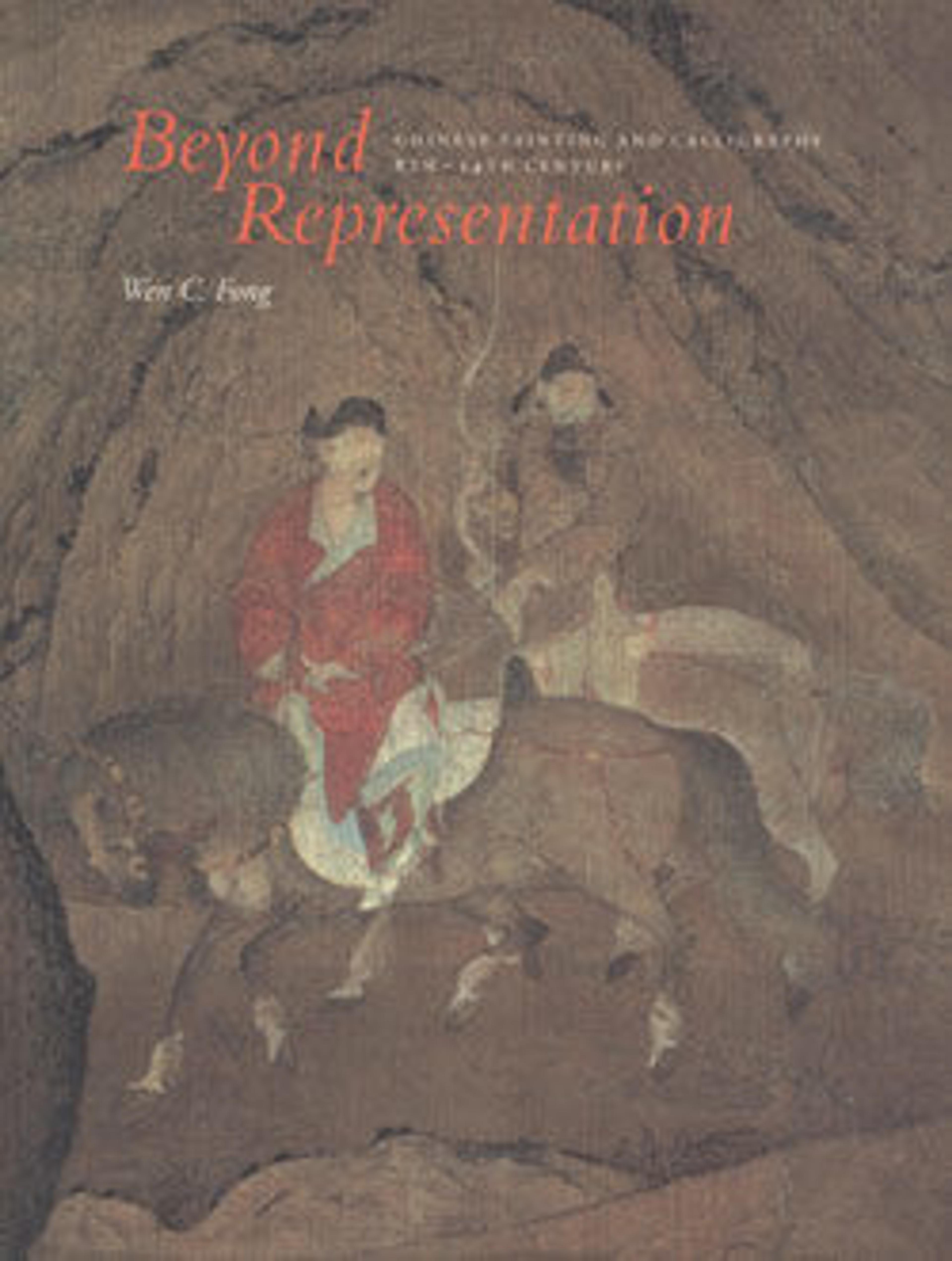Returning Fishermen
The paintings of Tang Di, a scholar and official at the Yuan court, range from ink drawings on paper to largescale colored works on silk. A fellow townsman and follower of the scholar-painter Zhao Mengfu (1257–1322), Tang won praise from Emperor Renzong (r. 1312–20) for his part in the decoration of the Yuan imperial palace.
Returning Fisherman is a fine example of Tang Di's monumental decorative style. Tang executed the scroll in the conservative brush idiom of the Northern Song masters Li Cheng (919–967) and Guo Xi (ca. 1000–ca. 1090), building forms with the principal motifs of the earlier style, "crab-claw" branches and "billowing-cloud" rocks. Following Zhao Mengfu's example of employing calligraphic techniques in painting, Tang made each brushstroke assertive.
Returning Fisherman is a fine example of Tang Di's monumental decorative style. Tang executed the scroll in the conservative brush idiom of the Northern Song masters Li Cheng (919–967) and Guo Xi (ca. 1000–ca. 1090), building forms with the principal motifs of the earlier style, "crab-claw" branches and "billowing-cloud" rocks. Following Zhao Mengfu's example of employing calligraphic techniques in painting, Tang made each brushstroke assertive.
Artwork Details
- 元 唐棣 松溪歸漁圖 軸
- Title: Returning Fishermen
- Artist: Tang Di (Chinese, ca. 1287–1355)
- Period: Yuan dynasty (1271–1368)
- Date: dated 1342
- Culture: China
- Medium: Hanging scroll; ink and color on silk
- Dimensions: Image: 52 7/8 x 33 7/8 in. (134.3 x 86 cm)
Overall with mounting: 98 3/4 x 38 1/2 in. (250.8 x 97.8 cm)
Overall with knobs: 98 3/4 x 42 3/4 in. (250.8 x 108.6 cm) - Classification: Paintings
- Credit Line: Ex coll.: C. C. Wang Family, Purchase, Bequest of Joseph H. Durkee, by exchange, 1973
- Object Number: 1973.121.5
- Curatorial Department: Asian Art
More Artwork
Research Resources
The Met provides unparalleled resources for research and welcomes an international community of students and scholars. The Met's Open Access API is where creators and researchers can connect to the The Met collection. Open Access data and public domain images are available for unrestricted commercial and noncommercial use without permission or fee.
To request images under copyright and other restrictions, please use this Image Request form.
Feedback
We continue to research and examine historical and cultural context for objects in The Met collection. If you have comments or questions about this object record, please contact us using the form below. The Museum looks forward to receiving your comments.
